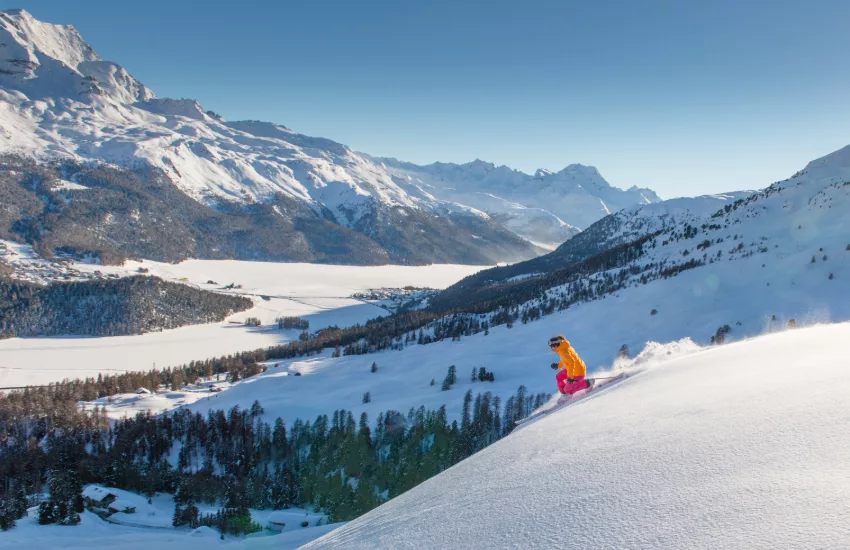
Telemark skiing is a unique style of skiing that combines elements of alpine and Nordic skiing. Also called “free-heeling,” this style gets its name from the specialized bindings that allow skiers to lift their heels freely. But where did Telemark skiing originate, and what makes it so unique? Keep reading to discover everything you need to know about this remarkable sport.
The Origins of Telemark Skiing
Telemark skiing takes its name from the Telemark region of Norway, where it was first popularized in the mid-19th century. The technique was developed by Norwegian skier Sondre Norheim, who combined elements of the traditional alpine skiing with the fluid motion of Nordic skiing. The result was a revolutionary way of navigating the mountains, allowing for greater control and versatility on varied terrain.
The style became a hit in Norway and slowly made its way to other parts of Europe and North America. Today, Telemark skiing is enjoyed by enthusiasts all over the world, known for its distinctive style and the unique physical demands it places on skiers.
How Telemark Skiing Works
At its core, Telemark skiing is characterized by the free-heel binding, which allows the skier’s heel to lift off the ski, unlike in traditional alpine skiing where the heel is fixed. This allows for a natural, fluid motion where the skier lunges into turns, bending the uphill knee while extending the downhill ski forward.
This technique requires not only strength and balance but also a deep understanding of the terrain. Telemark skiers often find themselves in a constant state of adjustment, adapting to the snow, slope angle, and speed with each turn. The free-heel motion enables more flexible movement, which is particularly useful in backcountry skiing where conditions can be unpredictable.
What You Need to Get Started
Telemark skiing requires specialized equipment that differs from both alpine and cross-country gear. The most crucial component is the Telemark binding, which allows for the free-heel movement. These bindings can be either 75mm or NTN (New Telemark Norm), with the latter offering more modern features like “releasability” and better power transmission.
Telemark boots are also essential. They are typically more flexible than alpine boots, allowing for the lunging motion, and they come with either duckbill or NTN soles to match the binding type. The skis used for Telemark are often similar to alpine skis but can vary depending on whether you’re skiing on groomed runs, in powder, or in the backcountry.
Lastly, don’t forget about the poles. While any ski pole can technically be used, many Telemark skiers prefer adjustable poles to adapt to different terrains and conditions.
Telemark Skiing in the Modern Era
Though Telemark skiing may not be as widely practiced as other forms of skiing, it has a dedicated and passionate following. Many ski resorts offer Telemark clinics and lessons, and there are even Telemark-specific competitions where skiers can showcase their skills.
Telemark skiers also enjoy the versatility that this style provides. Whether carving on groomed trails, navigating through trees, or skiing in deep powder, Telemark skiing offers a way to
experience the mountains with a unique blend of tradition and innovation.
Why Try Telemark Skiing?
If you’re looking for a new challenge or a way to reconnect with the roots of skiing, Telemark might be the perfect fit for you. It’s a discipline that rewards patience, practice, and perseverance. Plus, the sense of accomplishment that comes with mastering a Telemark turn is unparalleled.
So next time you’re on the slopes, consider giving Telemark skiing a try. You might just find that the free-heel way is the most fulfilling way to ski.